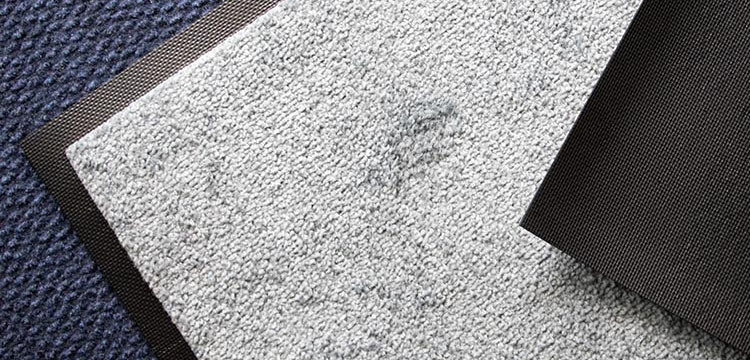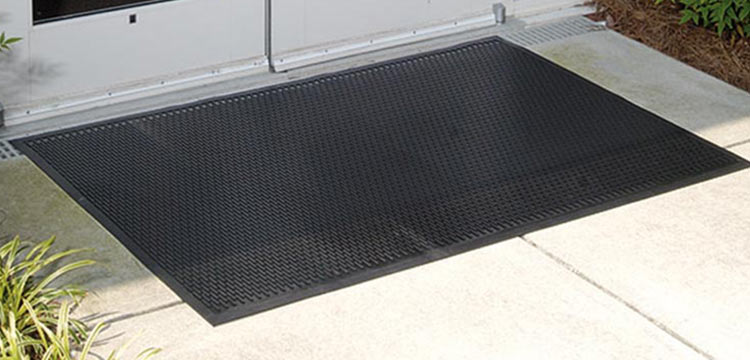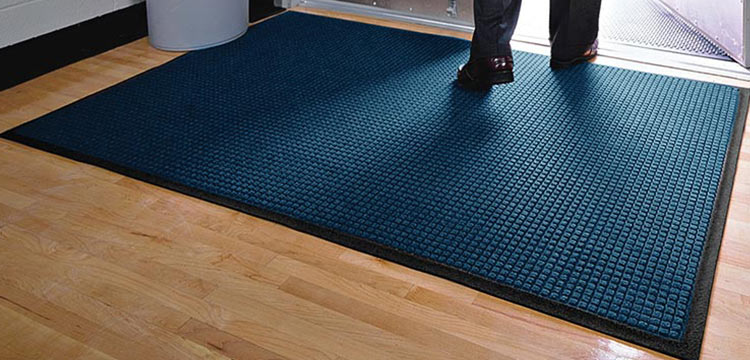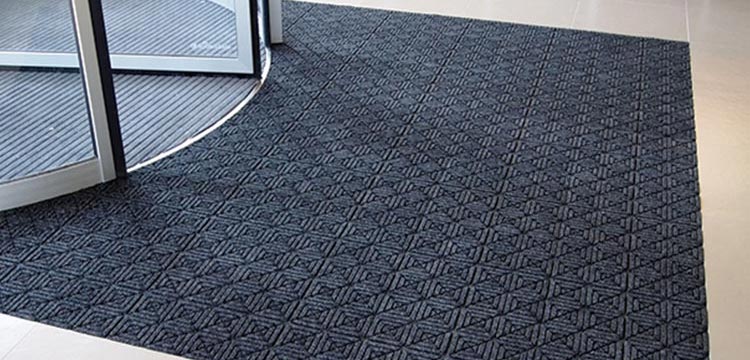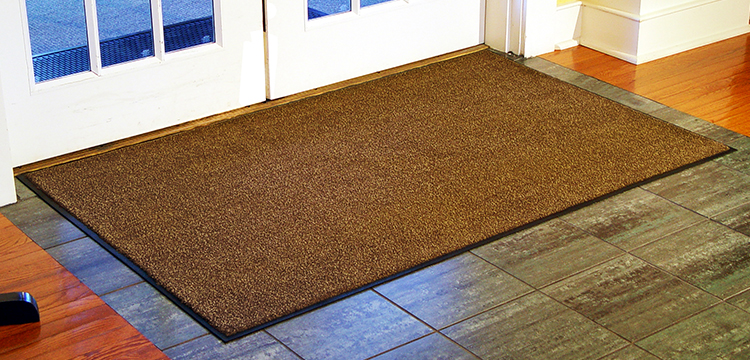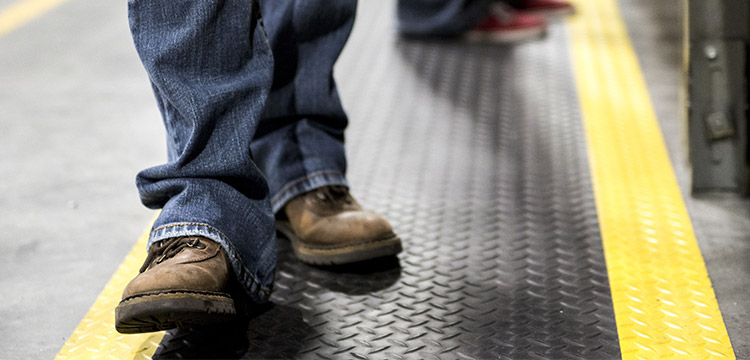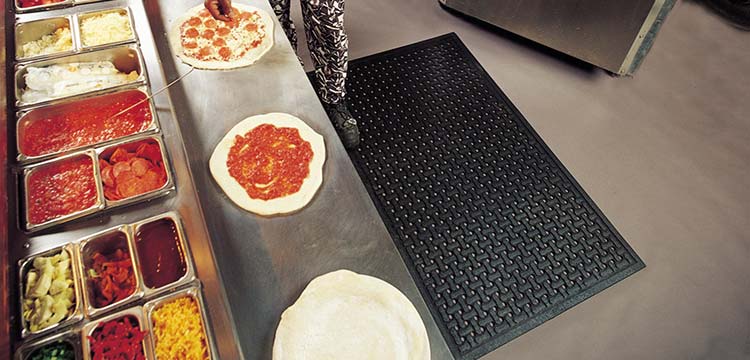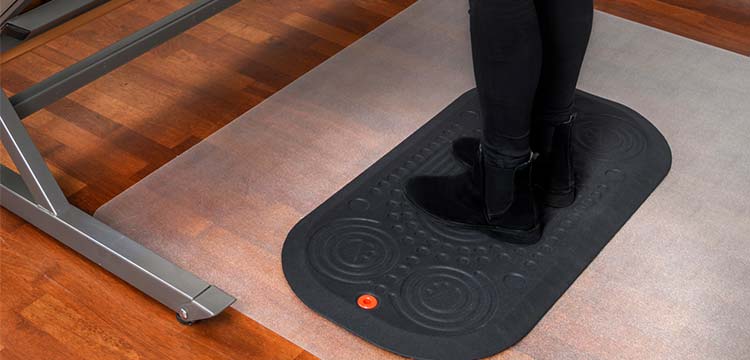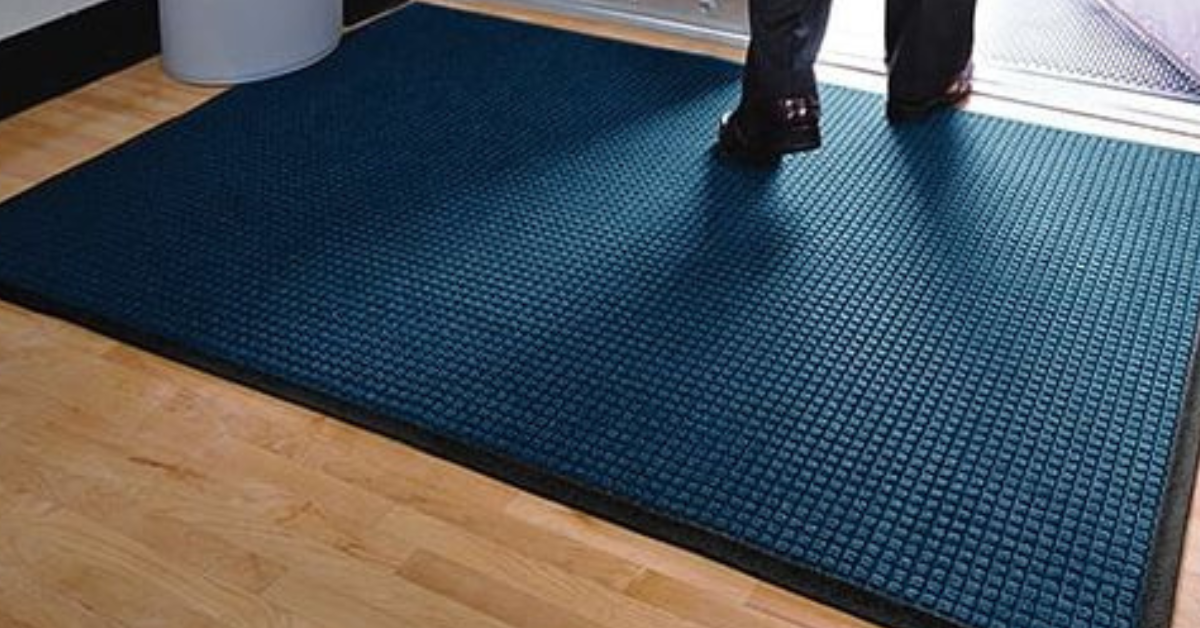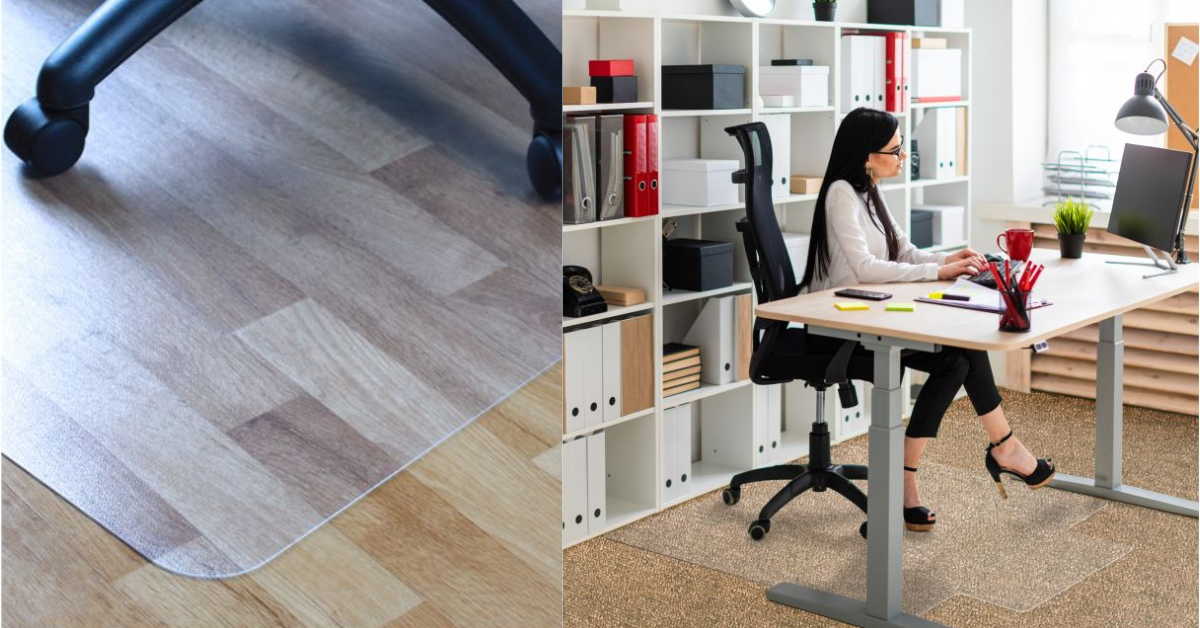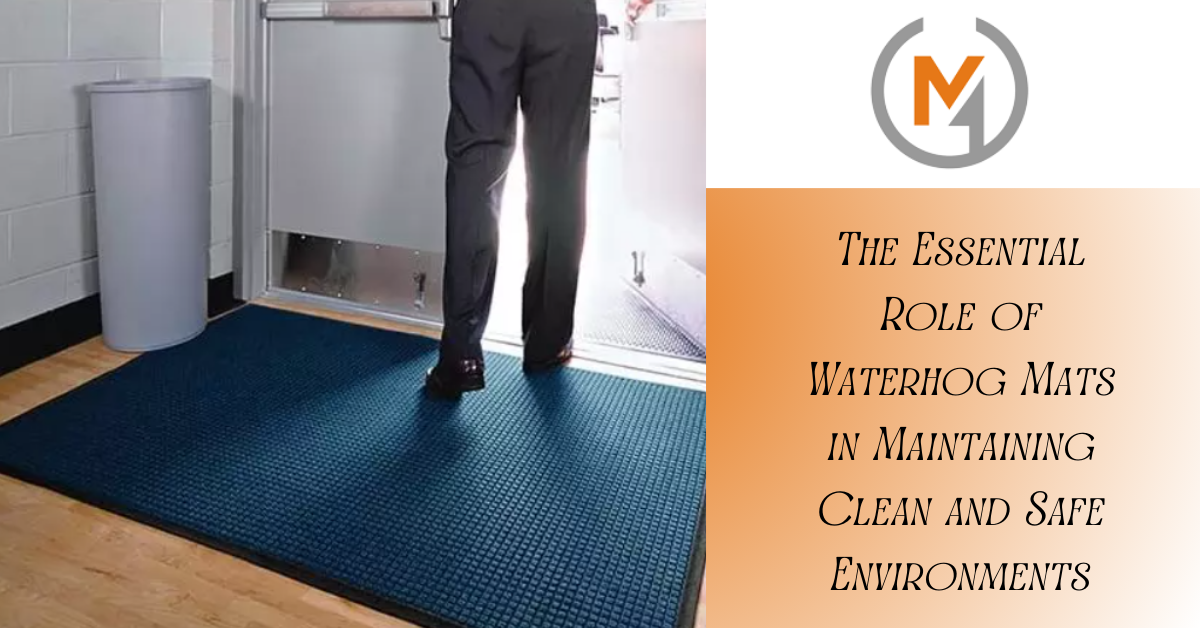Comprehensive Guide to Anti-Static Chair Mats
- Mats4U Blogger
- Blog
- 20 Mar 2024
- views
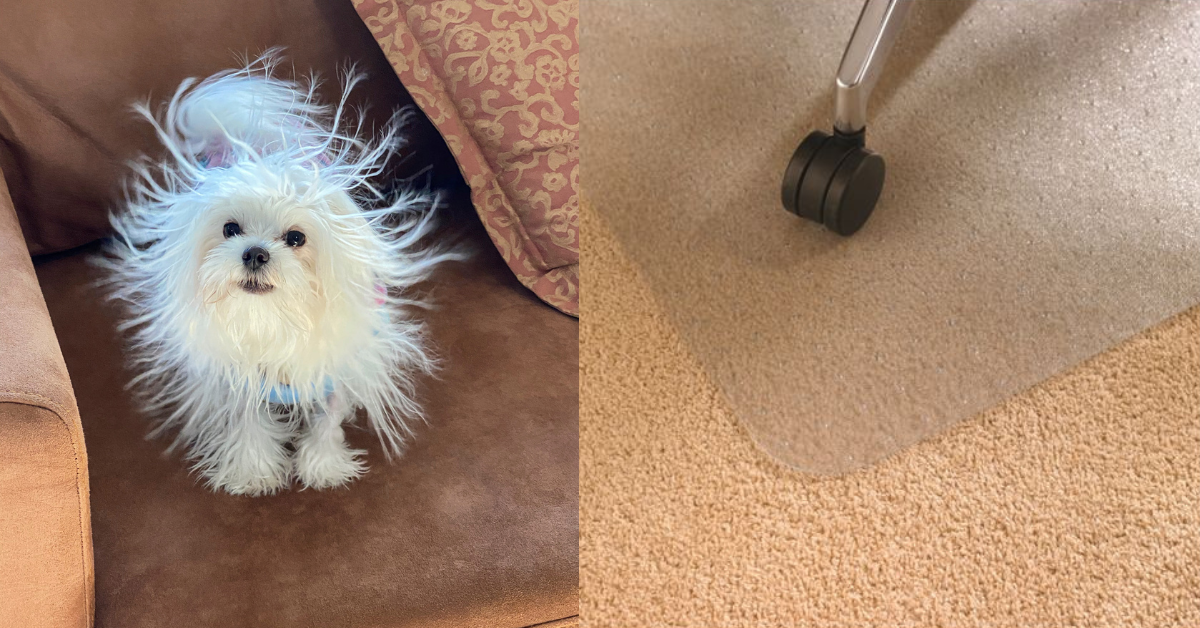
In modern workplaces, the use of electronic equipment is ubiquitous. Computers, printers, and other electronic devices are essential tools for productivity. However, these devices generate static electricity, which can pose risks to both equipment and personnel. Anti-Static Chair Mats are a solution designed to mitigate these risks. This comprehensive guide aims to provide a thorough understanding of anti-static chair mats, including their purpose, benefits, types, materials, and considerations for choosing the right one.
Understanding Static Electricity
Before delving into anti-static chair mats, it's crucial to understand static electricity. When two surfaces come into contact and then separate, electrons can transfer from one surface to another, leading to an imbalance of electric charge. This imbalance creates static electricity, which can cause damage to electronic components and discomfort to individuals.
Purpose and Benefits of Anti-Static Chair Mats
Anti-static chair mats serve several purposes:
- Protection of Electronic Equipment: By grounding static charges, anti-static chair mats help prevent damage to sensitive electronic equipment caused by electrostatic discharge (ESD).
- Safety: Static electricity can pose safety risks in workplaces, especially in environments with flammable materials. Anti-static mats reduce the likelihood of sparks that could ignite such materials.
- Comfort: Chair mats also provide a smooth surface for office chairs to roll on, reducing strain on carpets and preventing tripping hazards.
The benefits of anti-static chair mats include:
- Reduced Static Buildup: Anti-static properties dissipate static electricity, reducing the risk of damage to electronic devices and discomfort to users.
- Enhanced Work Environment: By creating a safer and more comfortable workspace, anti-static chair mats contribute to employee productivity and well-being.
Types of Anti-Static Chair Mats
There are several types of anti-static chair mats available, each with specific features and applications:
- Vinyl Chair Mats: These mats are durable and provide a smooth surface for chair movement. They are suitable for most office environments.
- Polycarbonate Chair Mats: Known for their durability and transparency, polycarbonate mats are resistant to cracking, curling, and discoloration. They are ideal for heavy use or high-traffic areas.
- ESD-Safe Chair Mats: These mats are specifically designed to dissipate electrostatic discharge, making them essential for environments with sensitive electronic equipment, such as laboratories or cleanrooms.
Materials Used in Anti-Static Chair Mats
The materials used in anti-static chair mats play a crucial role in their effectiveness and durability:
- Vinyl: Commonly used for chair mats due to its affordability and durability. However, not all vinyl mats are anti-static.
- Polycarbonate: Known for its high-impact resistance and clarity, polycarbonate mats are often preferred for their superior performance and longevity.
- Conductive Materials: Some chair mats incorporate conductive materials such as carbon to enhance their anti-static properties.
Considerations for Choosing Anti-Static Chair Mats
When selecting anti-static chair mats for a specific environment, consider the following factors:
- Size and Shape: Choose a mat size and shape that fits your workspace and accommodates the layout of desks and chairs.
- Thickness: Thicker mats provide better cushioning and durability but may be less suitable for rolling chairs.
- Surface Texture: Mats with a textured surface provide better grip and prevent slipping, especially on smooth floors.
- Weight Capacity: Ensure that the mat can support the weight of the chair and occupant without deforming or cracking.
- Anti-Fatigue Features: In environments where employees spend long hours seated, consider mats with anti-fatigue properties to reduce strain and discomfort.
Maintenance and Care
Proper maintenance and care prolong the lifespan of anti-static chair mats:
- Regular Cleaning: Vacuum or sweep the mat regularly to remove dust, debris, and static-attracting particles.
- Avoid Harsh Chemicals: Clean the mat with mild soap and water, avoiding abrasive cleaners that may damage the surface.
- Avoid Extreme Temperatures: Exposure to extreme temperatures can affect the performance and integrity of chair mats, so store and use them in moderate conditions.
- Inspect for Damage: Periodically inspect the mat for signs of wear, such as cracks or curling edges, and replace if necessary.
Conclusion
Anti-static chair mats play a vital role in protecting electronic equipment, ensuring workplace safety, and enhancing user comfort. By dissipating static electricity and providing a smooth surface for chair movement, these mats contribute to a more efficient and pleasant work environment. When choosing anti-static chair mats, consider factors such as material, size, thickness, and maintenance requirements to select the most suitable option for your workplace needs. With proper care and maintenance, anti-static chair mats can provide long-lasting protection and performance, making them a worthwhile investment for any modern workplace.

